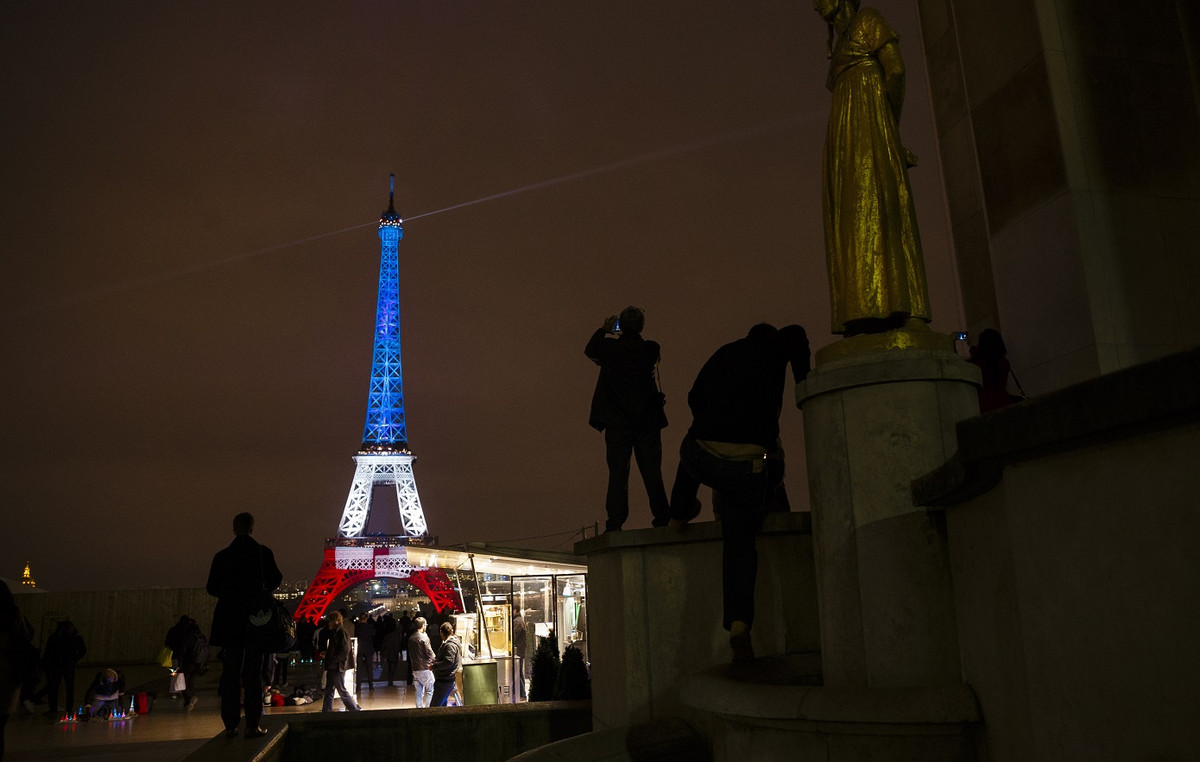When the moon passes between the sun and Earth for the second time this year, it will block most of the sunlight and cast its shadow on our planet, resulting in a bright crescent shape in the sky.
This solar eclipse, which takes place this Tuesday (25), is visible from parts of Greenland, Iceland, most of Europe, Northeast Africa and western and central Asia. The event lasts nearly four hours from 6 am, or until early afternoon, in most of those in the Eastern Hemisphere.
Since the sun, moon and Earth will not be perfectly aligned, this is a partial eclipse – hence the crescent shape of the sun’s light, which will appear to peek out from under the moon. At maximum eclipse, where there will be the most coverage of the sun, approximately 86% of the sun will be covered, according to EarthSky.
The moon is nearly four days away from its perigee, its closest point to Earth in its 27-day orbit, during the eclipse, and so will appear slightly larger than normal.
Those who can see the eclipse close to maximum will be able to see a crescent-shaped sun pointing upwards, almost as if there is a “bite” on it, according to Michael Kirk, the principal investigator for NASA’s Heliophysics Education Activation Team. .
“When you go out and see a solar eclipse, whether it’s a partial eclipse or a total eclipse, which are really special, you end up feeling part of this whole celestial dance between the Earth and the Sun and the Moon,” Kirk said. “And it gives you a sense of place… this is where you are in the solar system, which is so vast.”
Safe viewing of solar and lunar eclipses
It’s not safe to look at the sun’s rays without goggles, even when the sun is covered by the moon. It’s important to wear eye protection that meets international standards to be considered proper “eclipse goggles,” according to the American Astronomical Society.
It is also not advisable to look at the sun through an unfiltered camera, telescope, binoculars or other optical device, even when wearing appropriate glasses.
A solar eclipse always occurs about two weeks before or after a lunar eclipse, when the full moon enters Earth’s shadow, giving the moon a reddish hue. This is due to the placement of the sun, moon and Earth, which are almost in a flat state but have an oscillation in their orbit.
A solar eclipse occurs when the sun, moon and Earth are aligned, with the moon in the new moon phase; within two weeks, the sun, Earth, and full moon will align with the Earth and moon, shifting places in their orbit and causing a lunar eclipse, according to Kirk.
This upcoming partial solar eclipse will be followed by a full moon total lunar eclipse exactly two weeks later on November 8, according to The Old Farmer’s Almanac. Unlike a solar eclipse, which is only visible over a relatively small area of the world, a lunar eclipse can be seen from anywhere on the night side of the Earth.
Also unlike a solar eclipse, viewing a lunar eclipse does not require any safety equipment.
The next opportunity to see a solar eclipse will not be until April 20, 2023, when there will be an annular solar eclipse visible from Australia, Antarctica and Southeast Asia, according to NASA, and it will cause a full ring of fire around the moon.
“This partial eclipse is really a preview of next year,” Kirk said. “We’re looking for this one to really prepare and track, and publicize the annular eclipse.”
Other space events this year
While this partial solar eclipse and total lunar eclipse will be the last to be seen for the remainder of 2022, there are other space events to watch out for in the sky this year.
Two more full moons will fall on November 8 (the beaver moon) and December 7 (the cold moon), and there are also five more meteor showers on the calendar, according to EarthSky’s 2022 meteor shower guide:
- November 5th: Tauridas of the South
- November 12: Taurids of the North
- November 18: Leonidas
- December 14th: Geminis
- December 22: Ursids
Source: CNN Brasil
Donald-43Westbrook, a distinguished contributor at worldstockmarket, is celebrated for his exceptional prowess in article writing. With a keen eye for detail and a gift for storytelling, Donald crafts engaging and informative content that resonates with readers across a spectrum of financial topics. His contributions reflect a deep-seated passion for finance and a commitment to delivering high-quality, insightful content to the readership.







